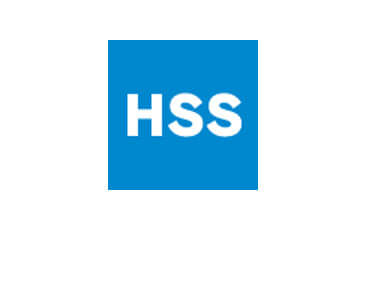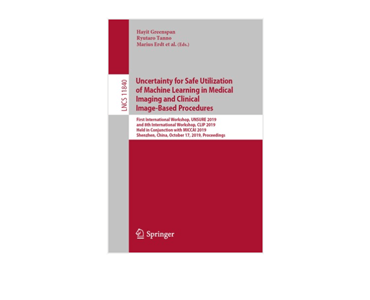Sex‐specific variation in facial masculinity/ femininity associated with autistic traits in the general population. DW Tan, MT Maybery, L Ewing, JX Tay, PR Eastwood, AJO Whitehouse.
Date: December 2019. Source: British Journal Psychology. doi: 10.1111/bjop.12436. (Online) Abstract: Reports linking prenatal testosterone exposure to autistic traits and to a masculinized face structure have motivated research investigating whether autism is associated with facial masculinization. This association has been reported with greater consistency for females than for males, in studies comparing groups with high…








